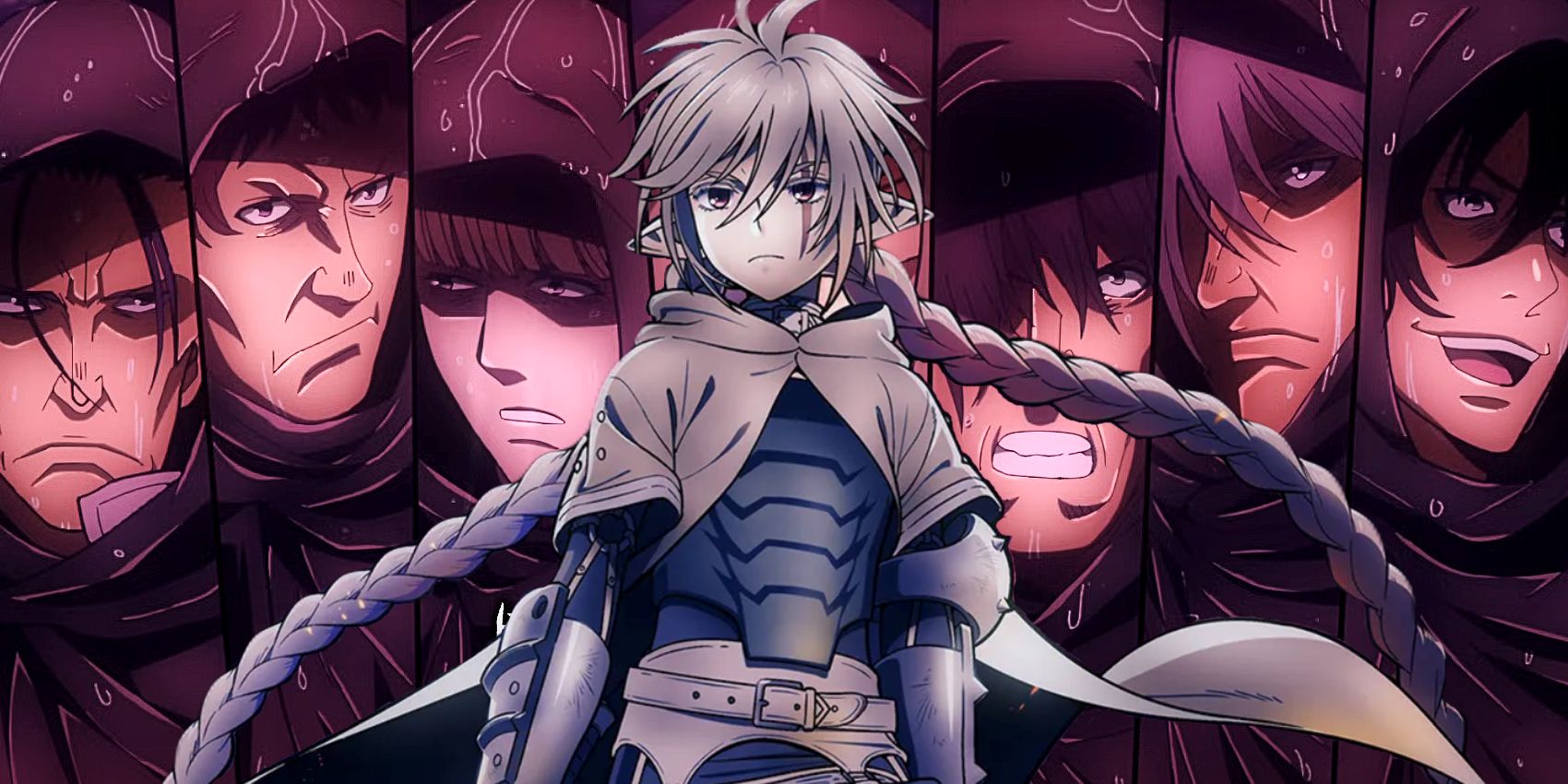
In Brittany Shyne’s gorgeous documentary “Seeds” the camera often captures parts of her subjects others might ignore.
Shyne, who also serves as cinematographer, focuses on hands, weathered with creases. She looks at hair, washed in a sink. She lovingly lingers on ash dangling off a cigarette and the worn toes of boots. Shyne’s powerful eye is one of the reasons “Seeds,” a lyrical portrait of Black farmers in the American South, is one of the must-see documentaries at Sundance, and will continue to be vital once released for a broader audience.
Captured in exquisite black and white, Shyne creates a moving testament to a dwindling population. The world of these landowners is threatened by discrimination and government ignorance. But “Seeds” is not all that concerned with statistics, though they are shared in passing. Shyne makes a forceful argument through just letting the audience be absorbed with a way of life.
The details do eventually come into play. A key one, for instance, is the astonishing fact that in the early 20th century Black farmers owned 16 million acres of land, and now they possess a mere 1 million. But this information is not revealed through title cards or authoritative talking heads. When the people of Shyne’s film do speak directly to camera they do so less as if they are being interviewed and more as if they are talking to an old friend.
Shyne, who was raised in Ohio, did not grow up on a farm, but her ancestors did: Her paternal great grandfather owned 300 acres in Louisiana. And while she does not state this in the film, she eventually alludes her own intimacy with this community. Still, she herself remains on the outskirts of the story. The only glimpse of her we see is an outstretched hand, as if she’s reaching through her medium. And yet her viewpoint becomes like a family member for the Kenativa-Williams clan, a group with whom she embeds herself. They are the owners of one of the oldest Black farms given the designation “centennial,” an honorific conveying their deep history.
“Seeds” starts with both death and life, capturing a family on the way to a funeral. She finds grace in the smallest of gestures like a grandma sharing candy from her purse with her hungry grandchild while they discuss their lineage.
 ‘Seeds’Brittany Shyne
‘Seeds’Brittany ShyneCharacters emerge in Shyne’s telling, but they are defined not by their names, but by their actions. One such figure is Willie Head Jr., a great-grandpa, who dotes after his great-granddaughter, Alani, pulling out a portrait to show how much she resembles his late mother. He is a symbol of the generational pull of this land, but also the fight to keep it. We follow him as he heads to Washington D.C. to demand justice for Black farmers, arguing on the phone with a representative for the Department of Agriculture, bemoaning the promises that Joe Biden failed to keep.
But for as much as Shyne is interested in the people on this land, she is also interested in how they interact with the land itself, and how that interaction has evolved. In one of the most striking extended sequences she patiently observes a massive machine as it picks cotton. The beast-like mechanism eventually gathers everything it has plucked from the earth to form a massive wall of material. There is no need for Shyne to overly verbalize the significance of these images: Black farmers cultivating land on which they were once enslaved, using tools that ease the burden of this task.
Not that this isn’t hard work, especially given the lack of resources provided. But there is also joy in the quite literal fruits that emerge from the ground. A watermelon harvest becomes something close to a celebration. There’s an ineffable beauty in the shot of a pecan being deshelled, the meat suddenly revealed.
The choice to film in black and white makes “Seeds” elegiac in nature. It’s a medium associated with history, and for as vibrant as the people are in Shyne’s lens, there’s a bittersweet acknowledgment of how it might soon be gone. It’s why the sorrow of death hovers over the frames, whether that is the literal memorialization of bodies or the deep wrinkles in the faces we see on screen.
To counteract the depiction of age, there is also a focus on youth. You see who will ultimately inherit this land in the children that are pictured on screen — the gurgling baby and the girl doing cartwheels in the grass. They are the living examples of why these farms are so important to these families. The soil is the legacy they pass down to this younger generation.
“Seeds” requires patience. Clocking in at over two hours, Shyne takes her time. You have to orient yourself to the slow rhythms of the piece, which encourage you to relish in these quiet moments. But it’s an incredibly rewarding journey, a film indebted to the past that feels brilliantly alive.
Grade: A-
“Seeds” premiered at the 2025 Sundance Film Festival. It is currently seeking U.S. distribution.
Want to stay up to date on IndieWire’s film reviews and critical thoughts? Subscribe here to our newly launched newsletter, In Review by David Ehrlich, in which our Chief Film Critic and Head Reviews Editor rounds up the best new reviews and streaming picks along with some exclusive musings — all only available to subscribers.

 6 days ago
7
6 days ago
7










 English (US) ·
English (US) ·